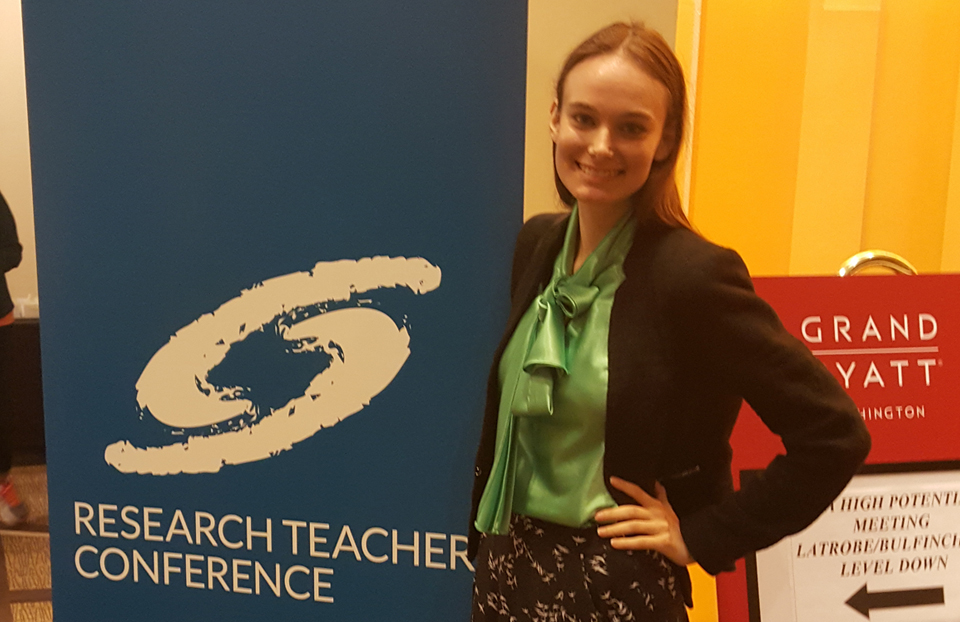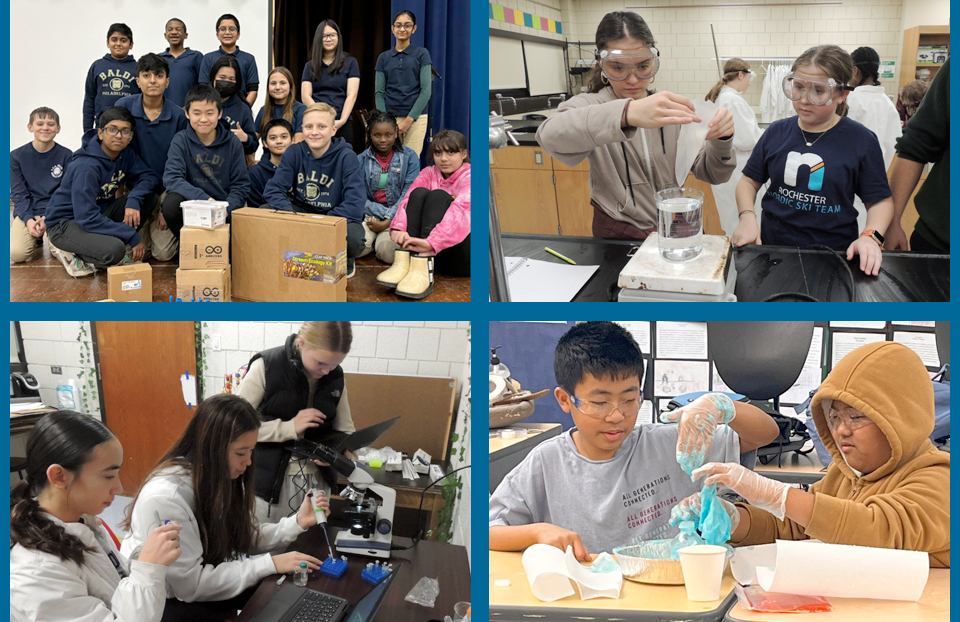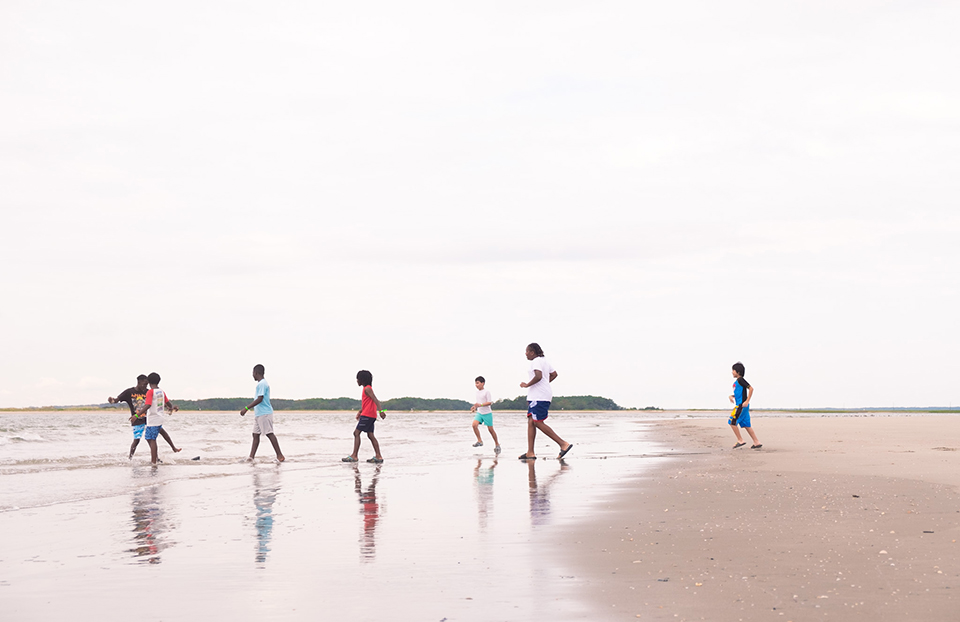‘We’re spending less time troubleshooting and more time on data analysis’
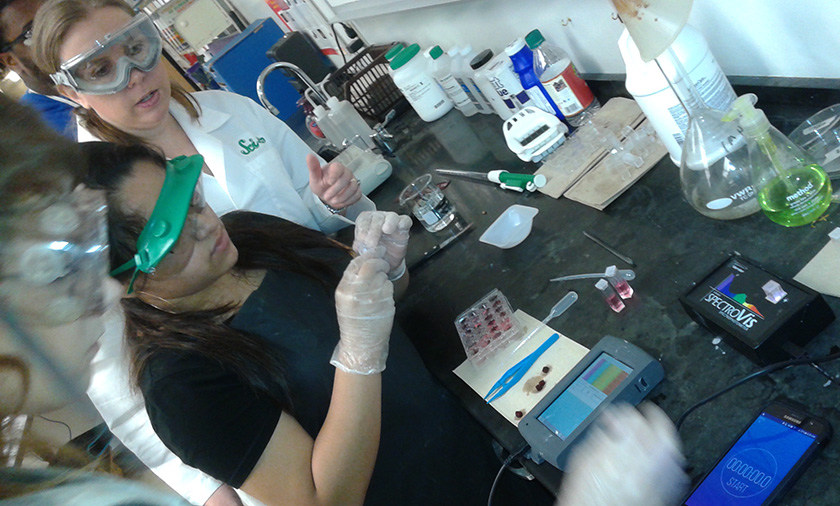
Teachers in some rural counties of Florida are facing difficulties when engaging their students in science. Equipment in some schools can be so outdated, that it can take up to an entire class session just to boot up a computer. Student projects and labs are forced to remain simple, not because the students can’t understand the science, but due to the lack of equipment.
The STEM Research Grant gives students access to real science.
That’s where the Society for Science & the Public comes in. In 2017, the Society offered $120,000 in grants to over 20 STEM teachers nationwide, including two Florida teachers. They have used the STEM Research Grant for a variety of needs, including purchasing new equipment, mentoring students, and supporting them in entering science competitions.
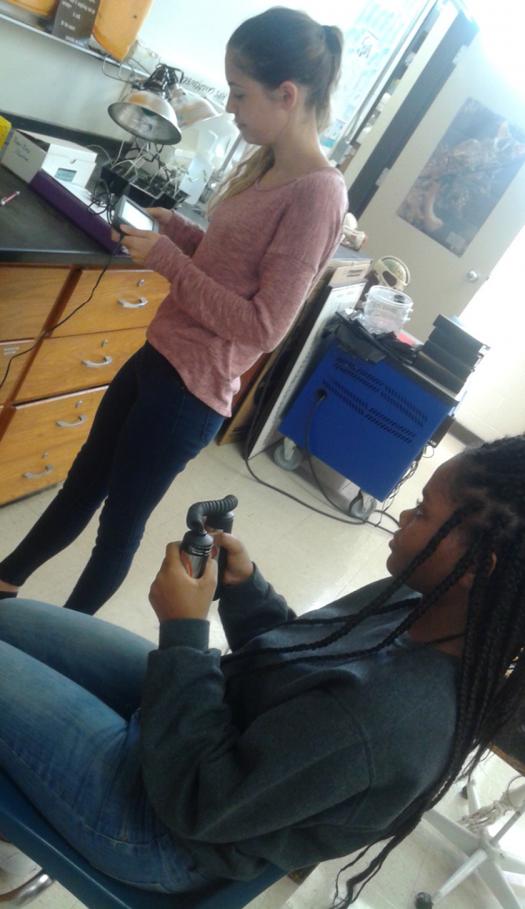
After receiving the grant, April Blaze, a science teacher at Haines City High School in Haines City, Florida, purchased new Vernier equipment to upgrade their outdated computer systems. In her class, students are required to independently design, conduct research, and complete a lab report. “As a rural school, students aren’t able to access research facilities. The grant gives students access to real science,” she said.
The new equipment saves April enormous amounts of class time. “Before, I was having to plug in all the old interfaces and turn them on before school, since they had a long boot up time,” she said. “They would randomly turn off during class or drop sensor connectivity.”
“Now, my in-class labs are smoother and I can focus on helping kids with scientific questions and problems. We’re spending less time troubleshooting and more time on data analysis.”
Based on student feedback, April is now working with her administration to offer a scientific research class next year. She hopes this will foster less reliance on what she calls “cookbook labs.” These labs follow a rote recipe.
“All students should be given the chance to complete high-quality research,” she said. “I much prefer inquiry learning, since it more directly engages students and enhances learning.”
We’re spending less time troubleshooting and more time on data analysis.
Veronica Hillman, one of April’s 11th grade IB biology students, said the new Labquest2 systems were easier to calibrate and made data collection easier. For her project, Veronica tested the effect of light sensitivity on the leaf thickness of Hibiscus plants. Another 11th grader, Krystalynn Hudson, said she feels proud doing higher level independent research. Krystalynn credits the equipment for sparking her interest in competing in the local science fair.
For the first time in over six years, the non-IB classes in April’s school are showing an interest in the science fair. “They were always welcome to participate, but teachers never chose to do so,” she explained.
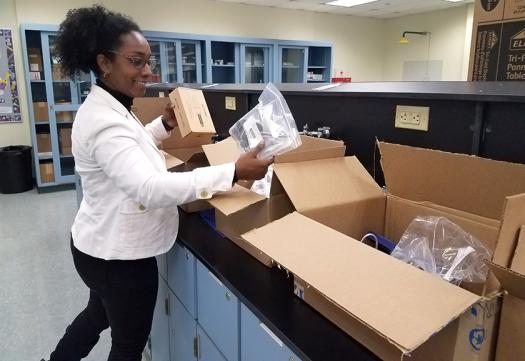
Another success story
Tahnee Harrell, a teacher at Miramar High School in Miramar, Florida, said her students are more engaged in science due to the new equipment the grant has enabled her to purchase.
Her senior class was able to perform additional trials and gather more data using the new equipment. “The equipment is able to collect and organize data at a much higher level of accuracy and precision than we were able to before” and is more closely aligned with what the students will work with in college, Tahnee explained.
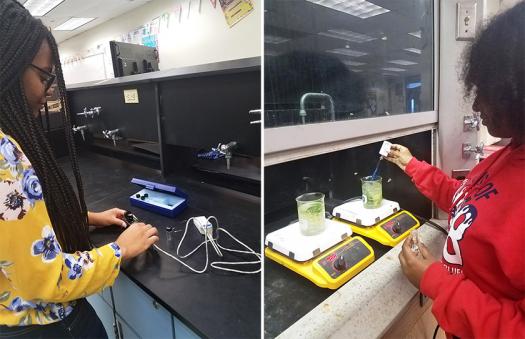
Tahnee’s student, Ashley McFarlane, a 12th grader, is investigating how different types of meat chemically digest. She used a biuret test to measure protein levels in the meat, but was initially only able to collect qualitative data analyzing the color and appearance. After receiving the equipment, Tahnee showed her how to collect quantitative data using the colorimeter. “Ashley was able to greatly enhance her investigation,” Tahnee said. “She is really interested in undergoing future research.”
The combination of attending the 2016 Research Teachers Conference and receiving the STEM Research Grant has helped Tahnee inspire her students to do independent research. “As I’ve gained additional resources, the students have begun to pick up on my passion,” she said.
This year, she’s seen more students than ever before apply to summer research programs or seek research mentors. “In previous years, I would only have one or two of my extremely driven students seeking those positions,” she said.
